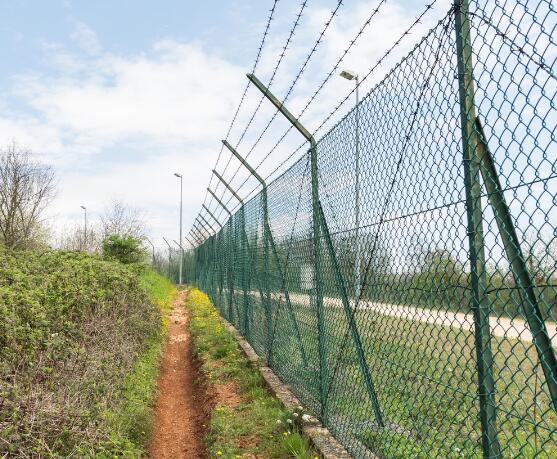The Versatility and Applications of Perforated Metal Tape
In the realm of manufacturing and construction, materials play a critical role in determining the durability, aesthetics, and functionality of products and structures. Among these, perforated metal tape stands out as an innovative solution for a wide array of applications. Characterized by its unique construction techniques, which involve punching holes into metal sheets, perforated metal tape offers both aesthetic appeal and functional benefits.
Understanding Perforated Metal Tape
Perforated metal tape is made from various metals such as stainless steel, aluminum, and carbon steel. The distinct feature of this tape is its series of holes or perforations that not only reduce material usage but also decrease weight without compromising strength. The size and pattern of these perforations can be customized based on specific needs, making them suitable for various applications.
Key Benefits of Perforated Metal Tape
1. Lightweight yet Strong The perforation process reduces the weight of the metal tape. This property is especially beneficial in applications where weight is a crucial factor, such as in aerospace and automotive industries.
2. Aesthetic Appeal The unique visual characteristics of perforated metal can enhance the look of architectural designs. It is often used in interior and exterior applications, such as partitions, ceilings, and facades, adding a modern touch to any design.
3. Versatility in Applications Perforated metal tapes can be utilized in a vast array of industries, including construction, automotive, aerospace, and even art. Their versatility makes them suitable for applications ranging from structural reinforcement to decorative elements.
4. Enhanced Performance The perforations allow for airflow, drainage, and light transmission while maintaining strength. This feature is particularly useful in applications such as HVAC systems, where ventilation is critical.
perforated metal tape

Applications of Perforated Metal Tape
1. Construction In the construction industry, perforated metal tape can be used for bracing and reinforcement. Its lightweight and robust properties make it ideal for framing and providing additional support in building structures. Furthermore, it is utilized in creating movable partitions that not only lend strength but also elegance to spaces.
2. Automotive In the automotive sector, perforated metal tape is employed in various components such as heat shields and grilles. The tape’s properties allow for efficient heat dissipation while providing structural integrity.
3. HVAC Systems Its ability to allow airflow while remaining durable makes perforated metal tape an excellent choice for HVAC systems. It is commonly used in ductwork, filters, and sound attenuation spaces, ensuring proper ventilation and performance.
4. Architecture and Design Architects and designers frequently use perforated metal tape for aesthetic applications, including facades and decorative screens. The customizable nature of the perforations permits creative designs that can enhance the look of a building while serving practical purposes, such as sunlight filtering and privacy.
5. Artistic Installations In the realm of art, perforated metal tapes have found their place in large installations, sculptures, and public art pieces. Artists leverage the unique qualities of the material to make statements or explore themes of transparency and light.
Conclusion
Perforated metal tape serves as a remarkable material that combines strength, versatility, and aesthetic appeal, making it indispensable across multiple industries. Its applications range from construction and automotive to art and design, demonstrating the material’s adaptability and usefulness. As industries evolve and new demands arise, the innovation associated with perforated metal tape is likely to expand, bringing forth more creative and efficient uses. Whether reinforcing structures, enhancing aesthetics, or fostering the creative expression of artists, perforated metal tape indeed proves to be a valuable material that meets the diverse needs of modern applications.

















